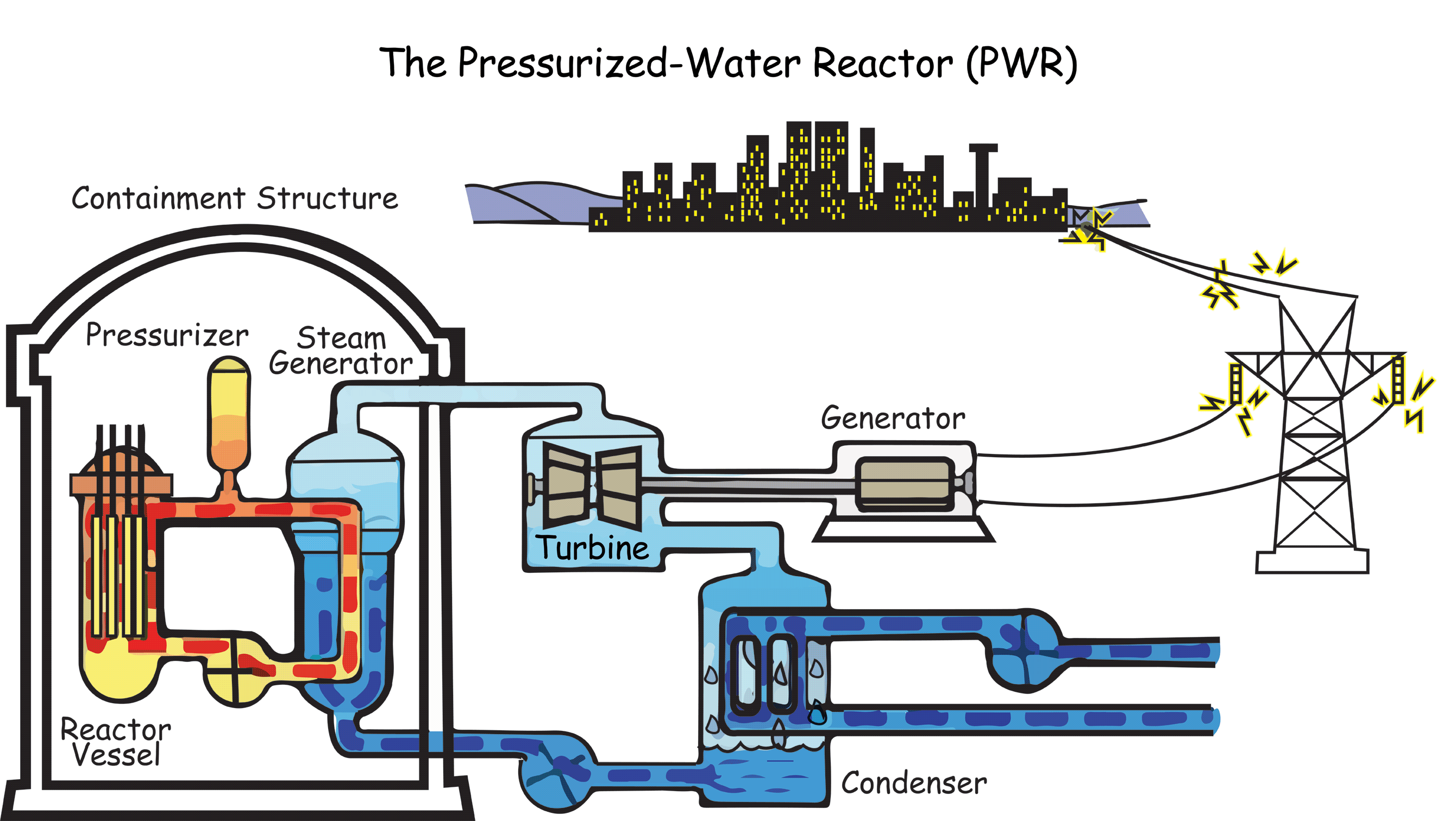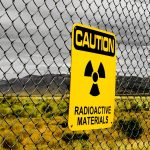There are two types of reactors on the world that are most used:
The Pressurized Water Reactor (PWR)

Pressurized Water Reactors are known as “PWR”‘s. They keep water under pressure so that it heats but does not boil. Water from the reactor and the water that is turned into steam are in separate pipes and never mix.
And the Boiling Water Reactor (BWR)

Boiling Water Reactors are known as “BWR”s. In BWRs, the water heated by fission actually boils and turns into steam to turn the generator. In both types of plants, the steam is turned back into water and can be used again in the process.
Radioactivity must be carefully managed because it can be dangerous if not handled properly. It can damage human cells or cause cancer over time. Since the fission process creates radioactivity, all nuclear power plants have many safety systems that protect workers, the public and the environment. For example, systems allow the fission process to be stopped and the reactor to be shut down quickly. Other systems cool the reactor and carry heat away from it. Barriers keep the radioactivity from escaping into the environment.
In reactors, radioactive material is contained inside small ceramic pellets about the size of an adult’s finger. They are placed in long metal rods inside a reactor vessel, which is enclosed in a concrete and steel containment building. These buildings have walls three to six feet thick!

Source: http://www.nrc.gov/reading-rm/basic-ref/students.html


